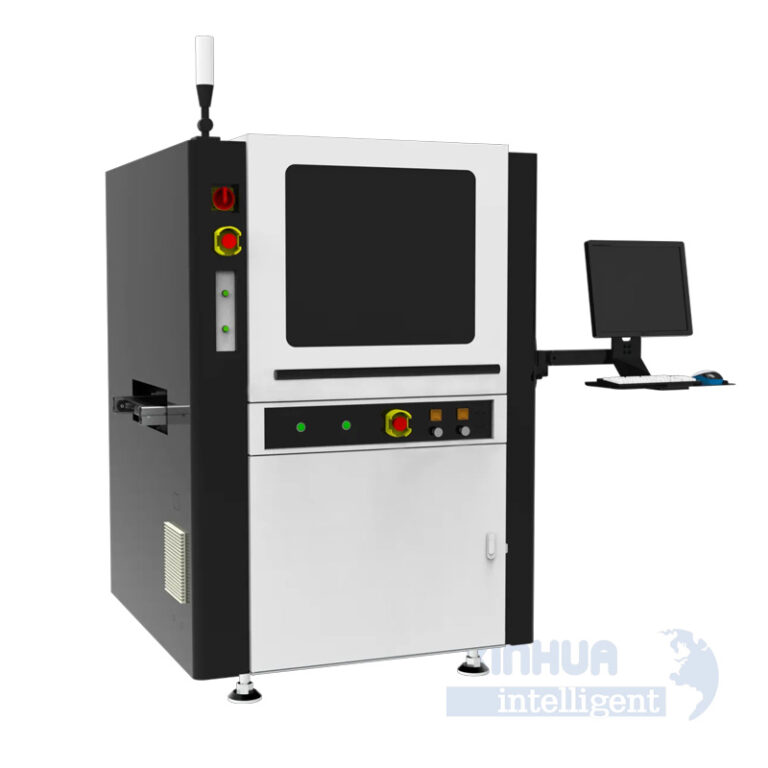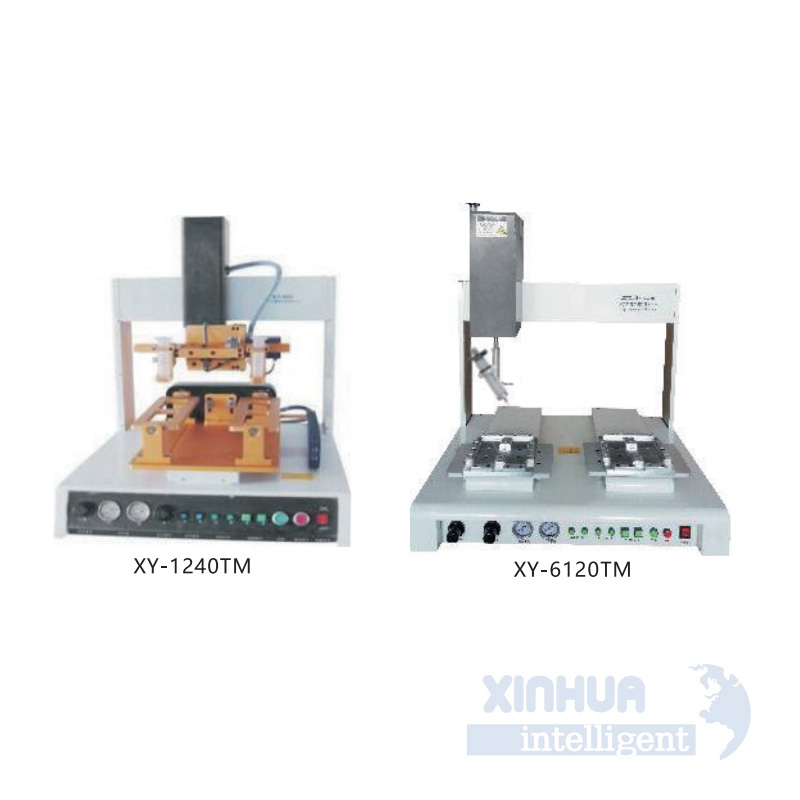
UV LED Curing Equipment: A Comprehensive Guide for Professionals
UV LED curing equipment has revolutionized industries that rely on fast, efficient, and durable curing processes. From printing to coatings, this technology offers a range of benefits over traditional curing methods. However, its adoption is not without challenges. This article delves into the common pain points associated with UV LED curing, provides practical and technical solutions, explores real-world applications, and concludes with a call-to-action encouraging you to consider Xinhua Intelligent as your trusted partner in UV LED curing solutions.
1. Common Pain Points or Challenges
Despite the numerous advantages of UV LED curing, there are several challenges that businesses face when implementing this technology. Understanding these pain points is crucial for effective problem-solving and successful integration.
Cost Implications
One of the primary concerns for many companies is the initial cost of UV LED curing equipment. While the long-term savings due to energy efficiency and reduced maintenance are significant, the upfront investment can be prohibitive for some organizations. Additionally, the need for specialized training and potential changes in production workflows can add to the financial burden.

Compatibility Issues
Another challenge lies in the compatibility of UV LED curing systems with existing materials and processes. Not all inks, adhesives, and coatings are formulated to work optimally with UV LED light sources. This can lead to subpar curing results if not properly addressed during the material selection phase.
Heat Management
Unlike traditional UV curing systems, UV LEDs produce minimal heat. While this is often seen as an advantage, it can also present challenges in certain applications where a degree of heat is necessary for optimal performance. For instance, some substrates may require a specific temperature range for proper bonding or curing.
Uniformity of Cure
Ensuring uniformity of cure across large surfaces or complex geometries can be challenging. Variations in intensity or coverage can lead to inconsistent curing, affecting product quality and reliability. Achieving consistent results requires careful calibration and control of the UV LED system.
2. Practical and Technical Solutions

To overcome the challenges mentioned above, several practical and technical solutions have been developed to enhance the effectiveness and efficiency of UV LED curing equipment.
Financial Planning and Investment Strategies
To address cost implications, businesses should adopt comprehensive financial planning strategies. This includes evaluating the total cost of ownership (TCO), which considers both initial costs and long-term savings. Financing options, such as leasing or installment plans, can also make the investment more manageable. Furthermore, investing in energy-efficient systems can lead to substantial savings on utility bills over time.
Material Development and Selection
Manufacturers and suppliers are continuously developing new formulations of inks, adhesives, and coatings specifically designed for use with UV LED curing systems. Collaborating with material suppliers to select the right products for your application ensures optimal performance and compatibility. Regularly updating your material inventory to include the latest advancements can significantly improve results.
Advanced Thermal Management Techniques
For applications requiring heat, advanced thermal management techniques can be employed. These may include integrating heating elements alongside UV LED curing systems or using pre-heating processes before the curing stage. Such approaches allow for precise control over temperature conditions, ensuring that the required heat levels are achieved without compromising the benefits of UV LED technology.
Enhanced System Design for Uniformity
Improving the design of UV LED curing systems can help achieve better uniformity of cure. Innovations in optics and beam shaping technologies allow for more even distribution of UV light across surfaces. Additionally, utilizing multiple UV LED arrays or adjusting the distance between the light source and substrate can further enhance uniformity. Implementing feedback mechanisms to monitor and adjust curing parameters in real-time can also contribute to consistent results.
3. Real-World Applications
The versatility of UV LED curing equipment makes it suitable for a wide array of applications across various industries. Below are some examples of how this technology is being utilized effectively in different sectors.
Printing Industry
In the printing industry, UV LED curing is widely used for digital printing on diverse substrates. It enables high-speed production with instant drying capabilities, reducing smudging and improving print quality. The low heat output allows for printing on heat-sensitive materials such as plastics and thin films, expanding the range of possible applications.
Electronics Manufacturing
UV LED curing plays a critical role in electronics manufacturing, particularly in the assembly of components like sensors, displays, and connectors. It facilitates the bonding of delicate parts with precision and speed, ensuring strong and reliable connections. The ability to cure selectively without overheating surrounding components is a significant advantage in this field.
Medical Device Production
The medical device industry benefits from UV LED curing through the production of devices such as catheters, syringes, and diagnostic tools. The technology supports the creation of sterile environments by enabling quick and thorough curing of adhesives and coatings, which enhances the durability and safety of medical devices.
Automotive Sector
In automotive manufacturing, UV LED curing is applied in painting and coating processes to produce durable finishes resistant to environmental factors. It aids in the application of protective layers on interior and exterior components, enhancing their appearance and longevity while maintaining energy efficiency standards.
4. Conclusion and Call to Action
UV LED curing equipment represents a significant advancement in industrial curing processes, offering numerous benefits such as increased efficiency, improved product quality, and reduced environmental impact. However, overcoming challenges related to cost, compatibility, heat management, and uniformity requires strategic planning and the implementation of innovative solutions.
If you’re looking to integrate UV LED curing technology into your operations, consider partnering with Xinhua Intelligent. As a leading provider of UV LED curing solutions, Xinhua Intelligent offers state-of-the-art equipment tailored to meet the unique needs of various industries. Their expertise in material compatibility, thermal management, and system design ensures that you receive optimal performance and reliability.
Contact Xinhua Intelligent today to learn more about how their UV LED curing solutions can transform your business processes. Embrace the future of curing technology and experience the difference that UV LED curing can make in your industry.

